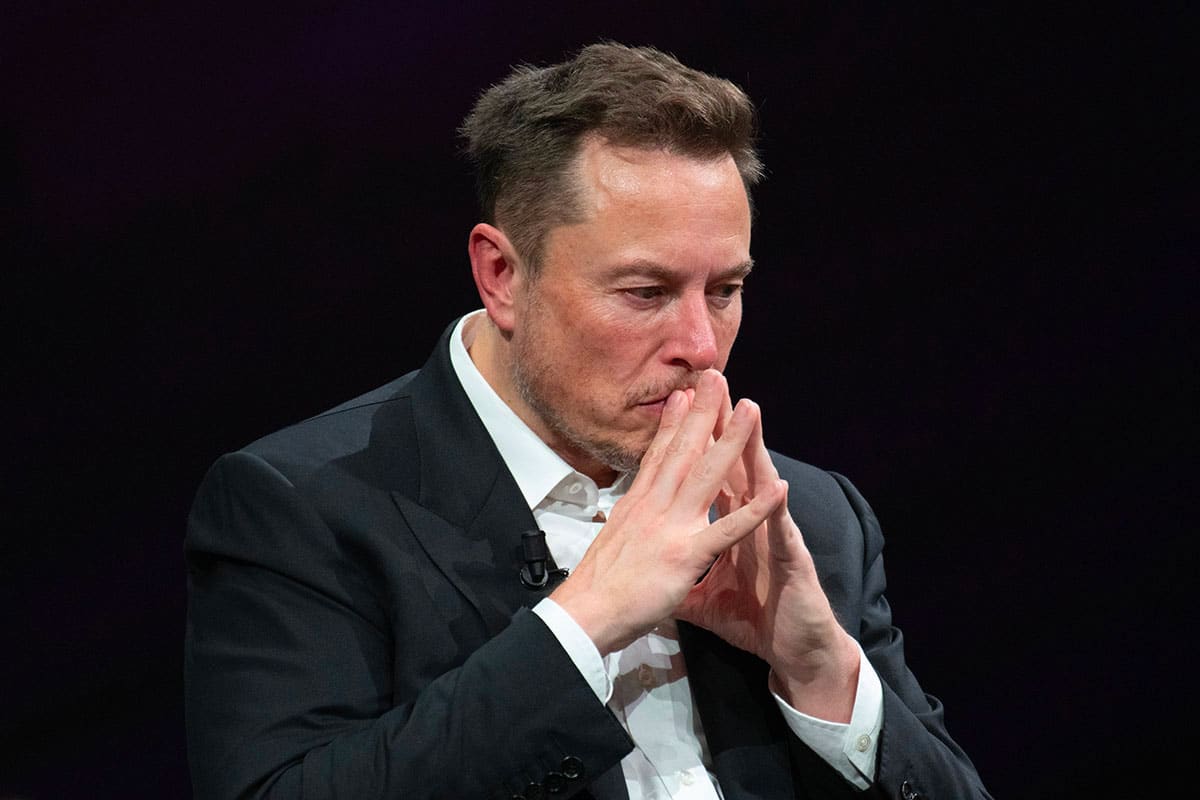The European electric vehicle (EV) scene is shifting fast, as a recent report by JATO Dynamics shows. The report zeroes in on car sales in 28 European countries for April and points to changes that might flip the script on how autos are sold across the continent. The headline? Tesla, once the go-to name for EVs, has now been passed by BYD.
Tesla vs. byd: a fresh challenger emerges
For years, Tesla was pretty much the poster child for electric vehicles in Europe, setting trends and topping sales charts. But this April, things took a turn when BYD left Tesla in the dust. While Tesla’s sales nosedived by 49% year-over-year, BYD kept on growing steadily. (This isn’t just about numbers—it might hint at a shift in what buyers want and where their loyalties lie.) Felipe Munoz, a global analyst at JATO Dynamics, even pointed out, “Even if the monthly sales gap between the two brands is slim, the consequences are huge.” This moment is a real game-changer as the European auto market adjusts to new players and ever-evolving tech.
Chinese makers making waves
BYD’s rise isn’t an isolated story—it fits into a bigger picture of Chinese manufacturers carving out their spot in Europe. Despite the EU slapping extra fees on electric vehicles from China, these brands are charging ahead. In April, both battery electric vehicles (BEVs) and plug-in hybrid electric vehicles (PHEVs) hit record numbers, making up 26% of new registrations across the region, with Chinese names playing a major role in that boost. (Analysts are even wondering if the EU might start taxing plug-in hybrids from China too.) This could stir up more shifts in the market and shape how automakers plan their next moves.
sales and rankings: who’s coming out on top?
Looking at who’s selling, Volkswagen led the pack in April with 23,514 new electric vehicles registered. Trailing Volkswagen were BMW, Skoda, Audi, Renault, and Kia, each holding firm in this competitive space. Notably, BYD grabbed the 10th spot with an eye-popping 7,231 new electric vehicles registered, marking a whopping 169% year-over-year jump.
Tesla wasn’t far behind, moving 7,165 vehicles in the same period. This head-to-head shows just how quickly buyer tastes are shifting, shaking up longstanding industry rankings. On the car model front, the Skoda Elroq took the top spot with 7,998 units sold in April. Volkswagen’s ID series—ID.3, ID.7, and ID.4—rounded out the next three spots, while Kia’s EV3 landed in fifth and the Renault 5 closed out the top six list.
what’s ahead for the market
Watching these moves in Europe’s EV market gives us a lot to think about. For one, it’s still up in the air whether these trends will stick or if they’re just bumps caused by factors like supply hiccups or global trade tensions. And then there’s how governments might react to the growing footprint of foreign brands—especially those hailing from the Asia-Pacific region (like China). New measures could be on the horizon, which might reshape strategies for auto makers and even influence what ends up on showroom floors.
All these shifts are setting the stage for deeper conversations about sustainability, innovation, and technological progress. They remind us that as the market evolves, everyone—from policymakers to everyday drivers—plays a part in determining the kinds of cars that go from factories to our streets.








